Home refrigerators have only been around for a hundred years or so, and even then, they were expensive, so not accessible for many ordinary folks. For centuries, people have managed to keep their food cold without electricity and without a refrigerator. And so can you. If the power goes out and stays out long-term, you can keep your perishable foodstuffs at a safe temperature with just a little bit of out of the box thinking. Many of these tips to keep your food cool without power work as well for camping as for survival scenarios.
What Temperature Should Food Be Kept At?
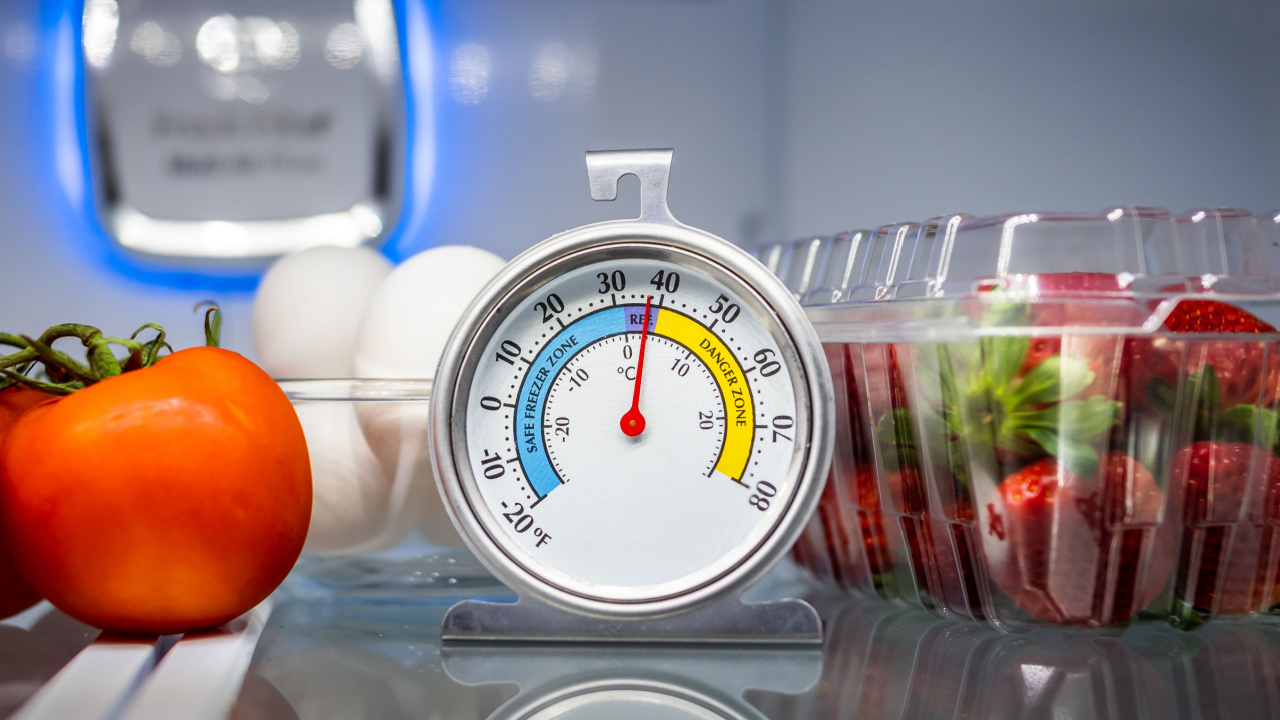
First things first, it’s super important to keep your food at the right temperature. When food gets too warm, especially stuff like meat or dairy, it can start to grow bacteria, and that’s bad news. You want to keep these foods at 40℉ or colder to stay safe. But not everything needs to be kept that cold. Stuff like honey, bread, and potatoes are totally fine at room temperature.
Foods That Need to Be Kept Below 40℉
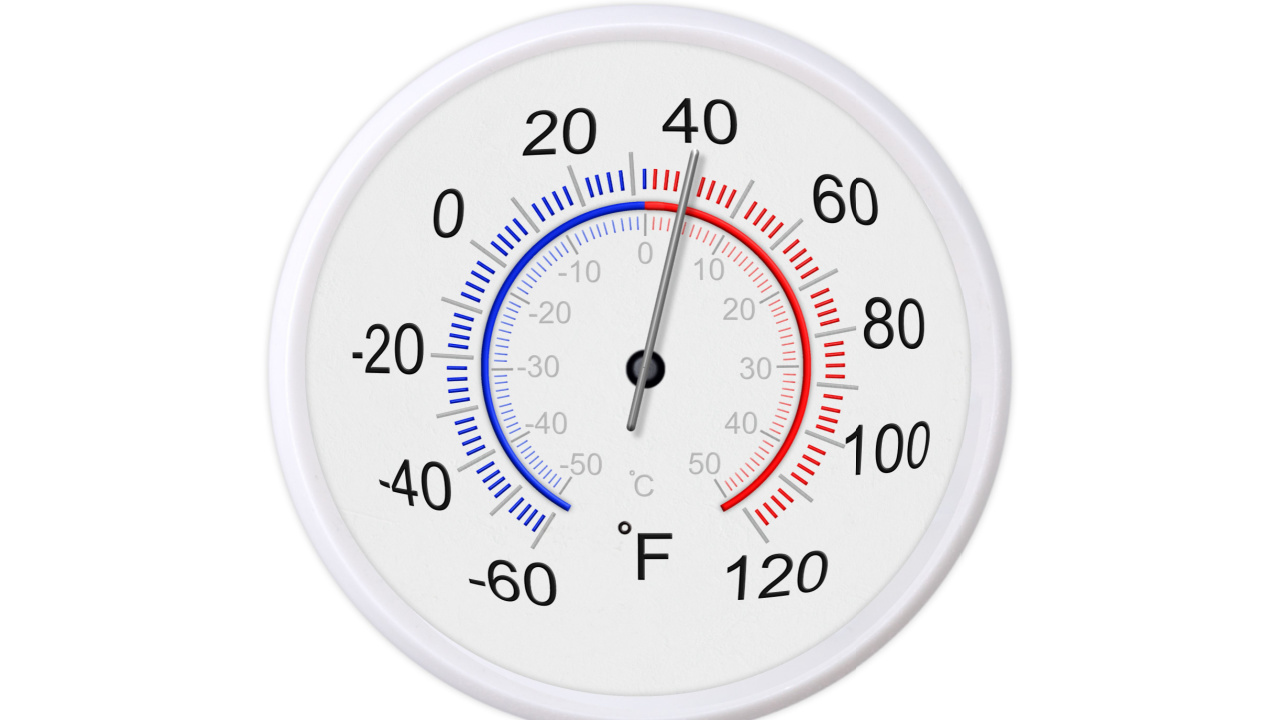 Keeping certain foods cold is non-negotiable if you want to avoid getting sick. Bacteria love to party at warm temperatures, so keeping these items cool slows bacterial growth and spoilage:
Keeping certain foods cold is non-negotiable if you want to avoid getting sick. Bacteria love to party at warm temperatures, so keeping these items cool slows bacterial growth and spoilage:
- Meat: Whether it’s beef, chicken, pork, or fish, if it’s not cooked, it needs to be cold.
- Dairy Products: Milk, cheese, yogurt, and butter usually need to be kept in a cool place to stay fresh.
- Eggs: Store-bought eggs need to stay chilled. (Farm-fresh eggs have different rules, depending on how they’re processed.)
- Cooked Foods: Leftovers from dinner or meal prep for the week should be stored below 40℉ to keep them safe to eat.
- Opened Condiments and Sauces: Once you crack the seal, most condiments need to keep cool to prevent spoilage.
These foods are at risk of spoiling quickly and can cause food poisoning if they’re not kept at the right temperature.
1. Wrap Your Food

If you’re in a pinch and need to keep things cool for a bit, grab some fabric. Soak it in cold water and wrap it around your food. Put it somewhere shady, and you’ve got yourself a mini cooler. It’s not a long-term solution, but it’s perfect for a day trip without a cooler.
2. Make a Zeer Pot

A Zeer pot sounds fancy, but it’s actually just two clay pots with some wet sand in between. You put your food in the smaller pot, keep the sand wet, and cover it up. The water evaporates, pulling heat away from the inside pot, and boom, you’ve got a natural fridge. People have been using this trick for ages, and it’s pretty cool (pun intended).
3. Try an Evaporative Fridge
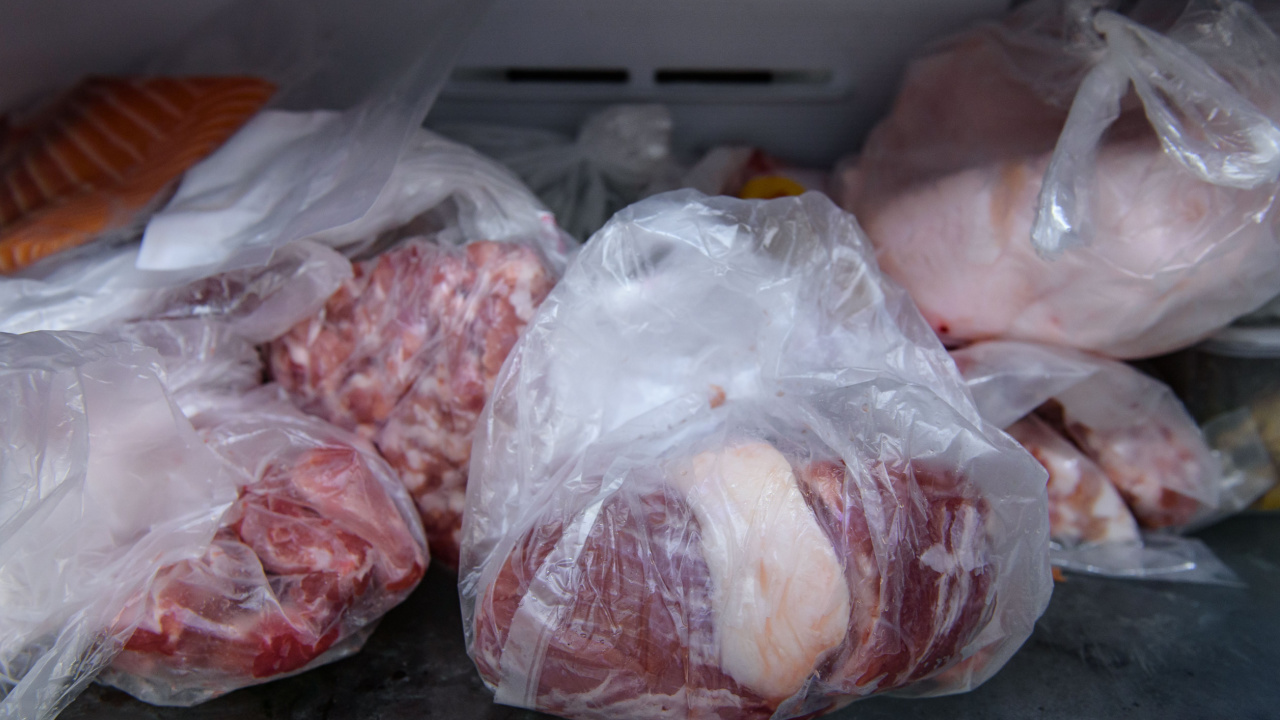
This is like taking the Zeer pot idea and going big. You set up a space where you can have water evaporating all around your food. If you can get a breeze going through it, even better. This works best where it’s dry and hot, not so much in humid places.
4. Bury Your Food Underground

Back in the day, people figured out that it’s cooler underground. If you’ve got a basement, you know it’s always chillier down there. You can store food in a cellar or even bury it in a container in the ground. Just like the old root cellars, the earth around it keeps things cool.
5. Use a Cool Stream

If you’re lucky enough to have a stream nearby, it’s a natural refrigerator. The water in streams is moving and cool, perfect for keeping things chilled. Just make sure your food is in something waterproof, or you’ll have a soggy mess.
6. Build a Spring House
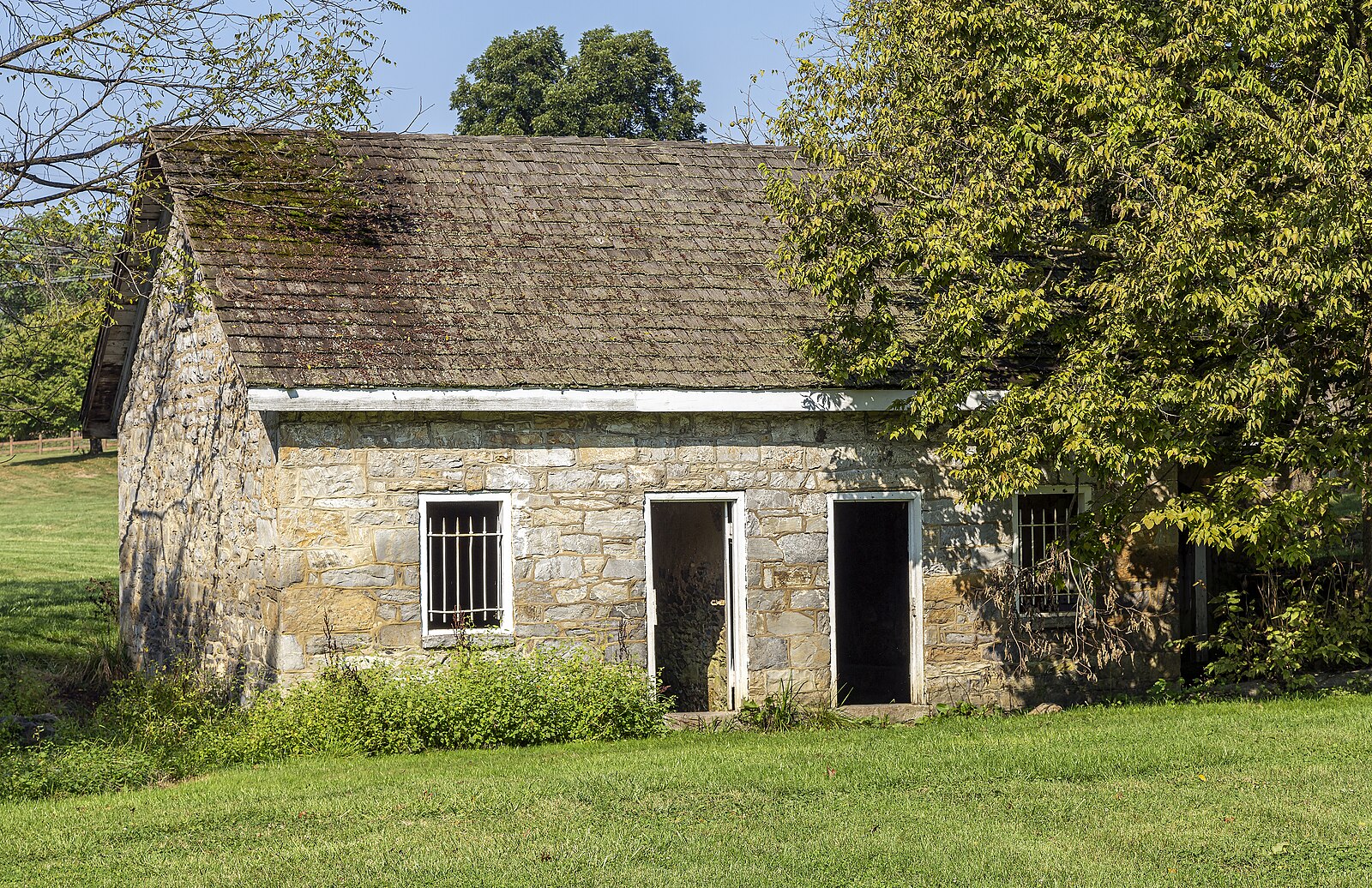
This one’s a bit more work, but if you have a spring or well, you can build a small house over it. The water keeps the air inside cool, making it a great place to store food. It’s an old-school method that requires some effort but pays off.
7. Get an Ice Box

Before fridges, people had ice boxes. You’d put a big block of ice in there, and it would keep everything cold. Nowadays, you might have to make your own ice during the winter or buy it, but if you can store it (maybe in an underground ice house), you’re set for the summer.
8. Make Your Own Ice House

Speaking of ice houses, building one lets you keep large amounts of ice that you can use in your ice box. You dig a hole, insulate it, and fill it with ice. The ground keeps it from melting too fast. It’s a bit of work but super effective.
9. Build a Charcoal Cooler
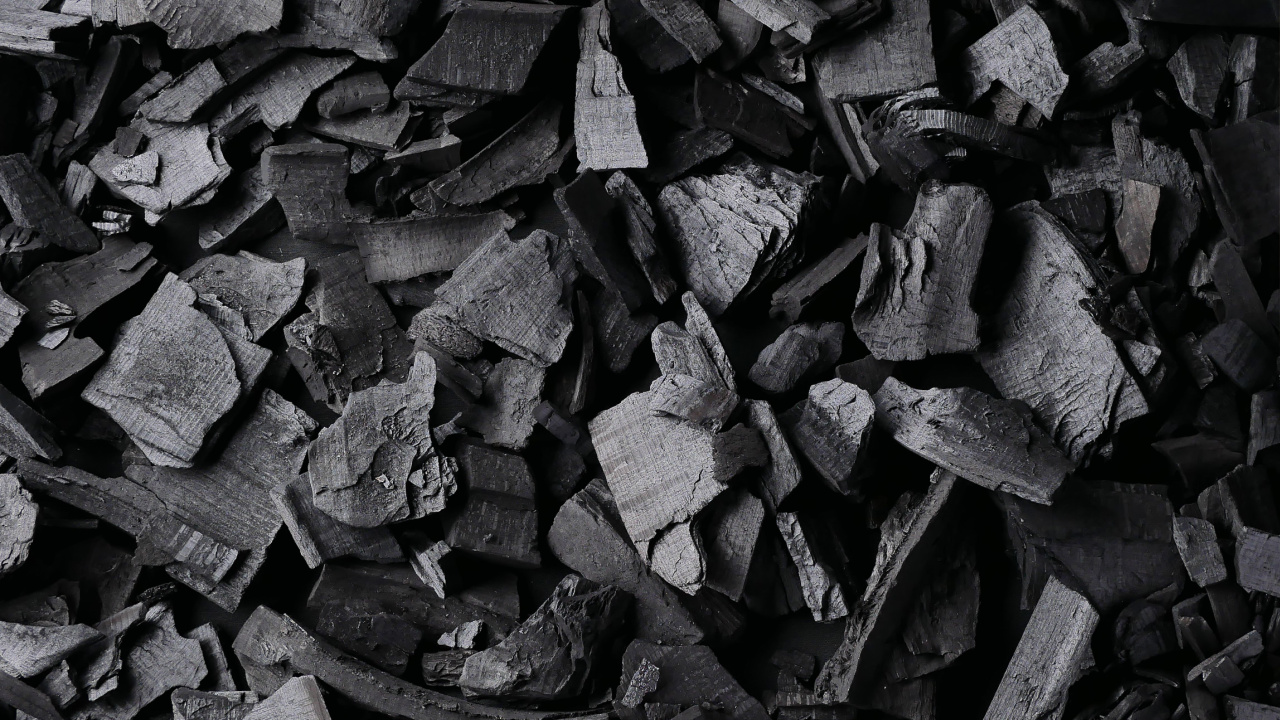
This is kind of like the Zeer pot but with charcoal. You make a frame, fill it with damp charcoal, and as the air passes through, it gets cooler inside. It’s a neat way to keep things cool using stuff you might already have around.
Keeping Your Food Safe

No matter which method you choose, the goal is to keep your food at the right temperature to stop bacteria in its tracks. These nine tips can help you keep your foodstuffs fresh, even when the power’s out. Just remember, it’s all about being prepared and using what you’ve got. Stay cool, stay safe!
20 Crucial Supplies for Surviving a Societal Collapse
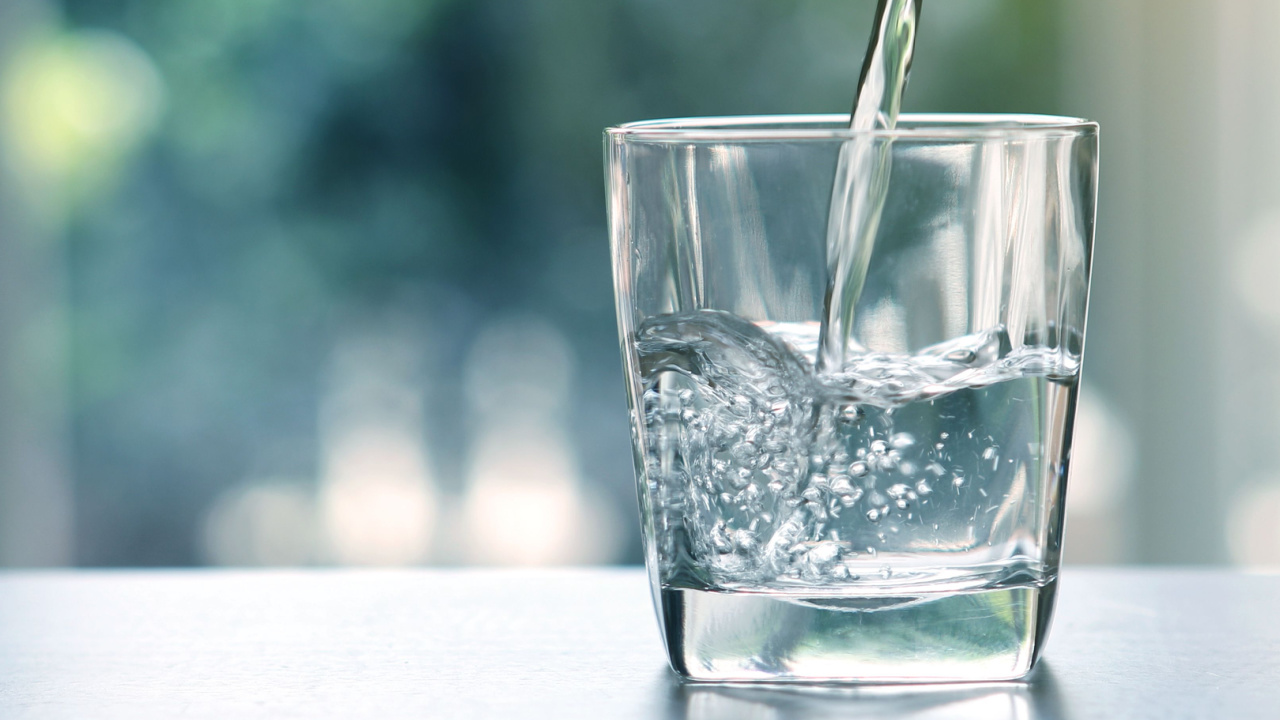
In the face of uncertainty, being well-prepared gives you at least some degree of control and security. The thought of a societal collapse, while extreme, prompts us to consider how we might endure without the conveniences of our current lifestyle. Here’s a list of 20 essential items that could prove indispensable in such a scenario. This guide isn’t about succumbing to fear but embracing preparedness and resilience.
14 Essential Canned Goods for Your Emergency Pantry
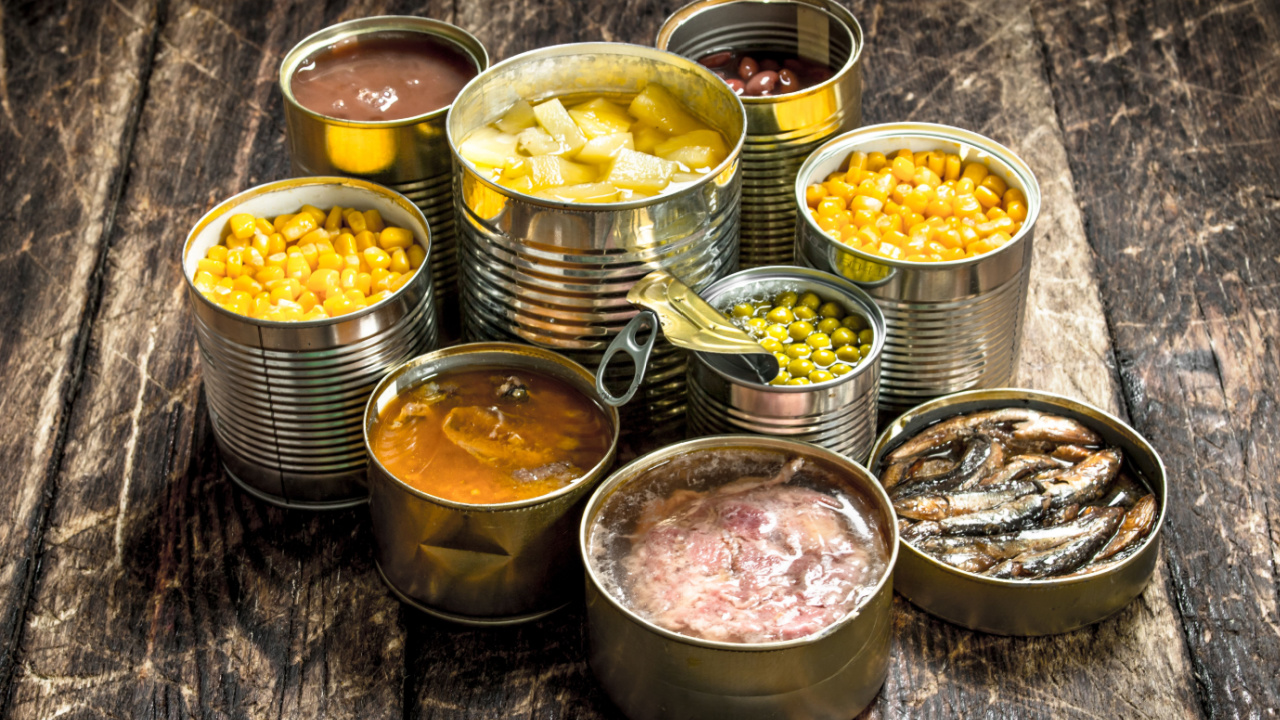
I firmly believe in keeping a well-stocked emergency pantry. While fresh food is ideal, in a survival situation, we may not be that lucky. So, for my family, even though we grow a lot of our own food, canned goods play a crucial role in emergency preparedness. They offer a reliable source of nutrition when access to fresh produce may be limited. The goods you stockpile should be affordable, easy to store, and full of nutrition.
Best Regions in the U.S. to Escape to When Society Collapses
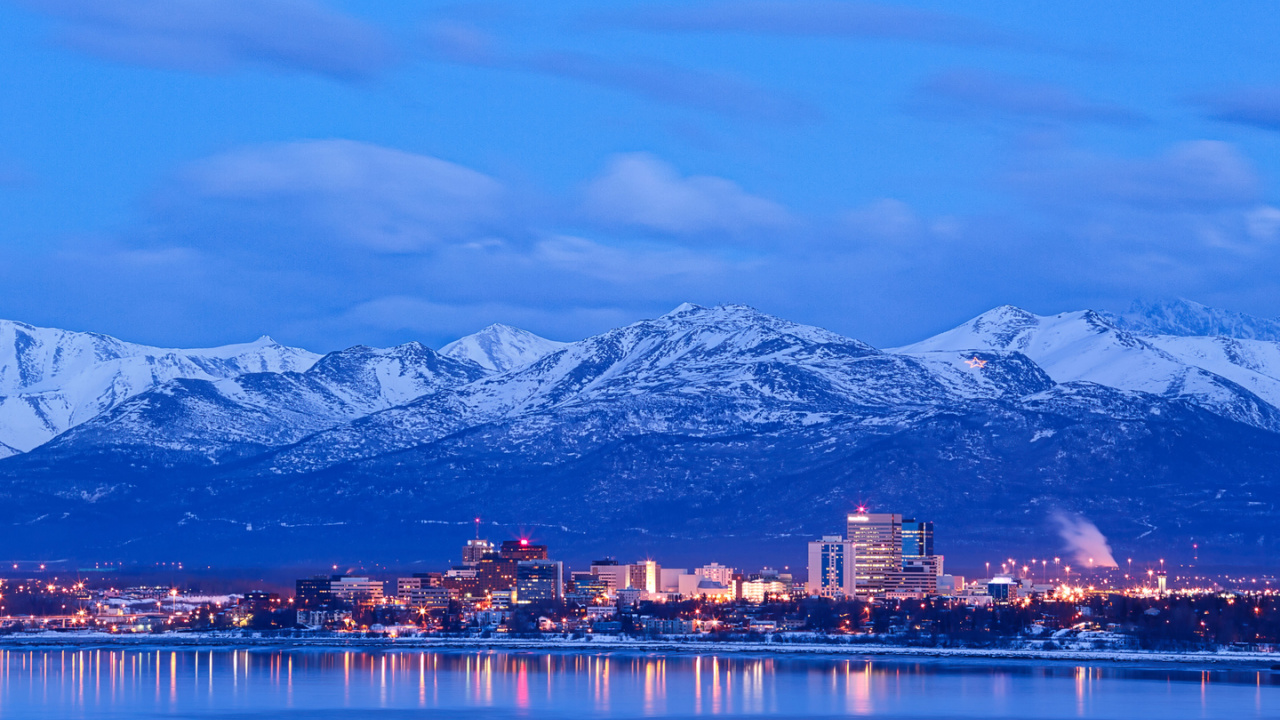
Choosing a refuge in the event of societal collapse involves weighing the pros and cons of each location against your personal preparedness goals and abilities. Whether you’re drawn to the solitude of the desert or the protective heights of the mountains, the key is finding a place that offers safety and the opportunity for growth and renewal.

